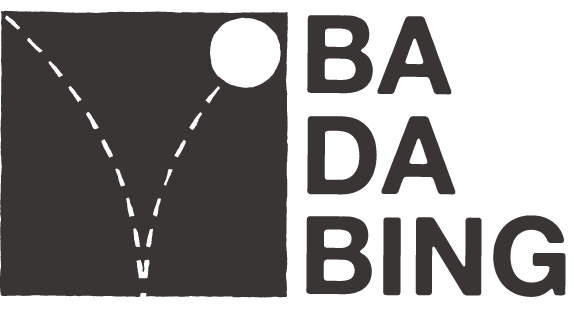Hawthonn
ABOUT EARTH MIRROR:
An Earth Mirror is a magical device. Found in German occult literature, it is a clod of earth sandwiched between layers of glass. Gazing into the Earth Mirror is said to reveal the locations of hidden treasures. Magical visions and the revelation of mysteries in the landscape are two prominent features of Earth Mirror, the new album by Layla & Phil Legard alias Hawthonn, and their second for Ba Da Bing.
Somewhere between moon musick and ethereal pop, the songs of Earth Mirror reflect the band’s transition from studio project to live performers in the wake of 2018’s Red Goddess (of this men shall know nothing). The themes for the songs on Earth Mirror reflect the Legards’ experiences, magical and mundane, in the wake of Red Goddess and as the world then headed full-tilt into pandemic.
On Earth Mirror, Layla’s heavenly voice accompanies a sonic palette encompassing field recordings of ice cracking on an ancient Corpse Road, mysterious hymns sung in disused medieval chapels, spectrally processed horse shrieks, rumbling organ, crystalline electric piano, electronic textures, and modulated jaw harp. No guitars appear on this album. Nor do conventional song-structures: the compositions of Earth Mirror organically developed from dreams (‘Dream Cairn’), experiments with inducing magical visions (‘Odo Galse’, ‘Vehiel’), ruminations on lunar beings (‘Crowned Light’, ‘Circles of Light’), and ecological anxiety (‘Cat’s Cradle’). Their literary influences include English witch Andrew Chumbley, nihilist philosopher Emil Cioran, the Enochian language of John Dee and Edward Kelly, and even Kurt Vonnegut.
As ever, Hawthonn fuses sensibilities of sound design and electroacoustic music (- Phil is a university lecturer in these subjects -) with unusual atmosphere and emotion. Beyond music, the pair are serious students of the variegated histories of occultism, most recently with Phil’s publication of An Excellent Booke of the Arte of Magicke (with Al Cummins), which presents the first edition of a magical manuscript written by 16th-century adventurers Humphrey Gilbert & John Davis.
The cover art by John Godbert, an archaeological illustrator and musician, also known for The Fall’s Live at the Witch Trials artwork, is inspired by the ancient Welsh dolmen Maen y Bardd (Stone of the Bard). Such ancient sites, scattered across present-day Britain, have a reputation for turning anyone who spends a night at them into a madman or a poet. Ever favored by Hawthonn, these liminal places hint at the possibility of using the landscape to move from one form of consciousness to another. For Hawthonn, they are literal earth mirrors.
As true practitioners of niche occultism and sound manipulation, Hawthonn could easily have been an inscrutable project. However, under the careful guidance of the Legards, Earth Mirror feels close and immediate, minimal and expertly atmospheric.
Hawthonn by Luke Devlin



